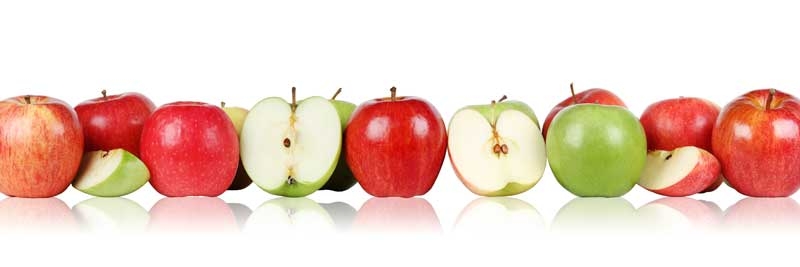Between 2012 and 2015 Australian growers used more than 1263 kt of nitrogen, 389 kt of phosphorus and 180 kt of potassium from fertilisers.
This enormous investment is designed to extract greater yield, and more profit. Yet it’s a known fact that crops don’t use much of the nitrogen and phosphorus that is applied to the soil.
Designed to improve NPK uptake
Enhanced efficiency fertilisers (EEF) are specifically designed to improve uptake and reduce environmental losses of NPK fertilisers.
We can see how they offer growers an opportunity to reduce fertiliser losses and/or improve crop yields. This can enable growers to cut input costs, increasing the return on investment.
Gary Murdoch-Brown, CEO of EcoCatalysts, a world leading company in Enhanced Efficient Fertilisers, said the growth of the markets for EEF continues to grow, “I recently attended the New Ag Congress in Berlin, where over 1000 people attended”.
Increased nitrogen use efficiency
Mr Murdoch-Brown presented a poster presentation of their three year research of increasing the efficiency of Anhydrous Ammonia GAS with the addition of Enhance Max™.
An increase in nitrogen use efficiency by 15.3% per bale of cotton produced, equivalent to an increase in return per hectare for the grower of $42/ha.
EcoCatalysts has been successfully increasing nitrogen use efficiency for many years around the world with Black Urea® and now for four years from Enhance Max™ with GAS, UAN and liquid urea.
Mr Murdoch-Brown said nitrogen use efficiency is extremely important, but EcoCatalysts does not just do nitrogen.
“We work across all nutrients with the addition of our Bio-Catalysts to both soluble and liquid fertilisers,” he said.
“It’s about ensuring we get as much nutrient the grower applies into their crops and key additions such as technical organic acids, hormones, vitamins, minerals and proteins are helping us achieve this for growers.”
Modern formulations
Slow-release fertilisers have been available for over 25 years. However, few of these were available (or designed) for broadacre crops. Instead, their market has been horticulture or turf applications.
EEF’s are modern formulations designed for agricultural use that control fertiliser release or alter the chemical reactions that cause nutrient losses.
The mechanisms or products include: fertiliser additives, physical barriers or different chemical formulations.
Why are EEFs so important?
Australian dryland wheat, for example, can in places utilize only half of the nitrogen growers apply. This might be marginally better than the estimated worldwide efficiency of nitrogen for cereals but the reality is that agricultural crops—whether it's cereals, sugarcane, pasture, horticulture, cotton, and oilseeds—seldom assimilate more than 50% of the nutrients added.
Ensure quality & results
As with any growing market segment there is always the person or company looking to take advantage of such growth with a quick fix to make a quick dollar.
Quality is crucial with such technology as not only will growers lose nutrients, but waste money on inefficient additives claiming to be EEF’s.
When selecting an EFF supplier ensure they have the research and most importantly the independent commercial field research showing the agronomic and economic results to the grower.
Ultimately, the aim is to raise nutrient-use efficiency. Hence quality, enhanced efficiency fertilisers gives you the option to target increased production or make it possible to use less fertiliser and still supply the nutrient plant requirements with a single application, matching soil concentrations of nutrients to crop demands throughout the entire growing season.
For more information on quality EEFs call EcoCatalysts on 1800 207 009
email
www.ecocatalysts.com.au
See this article in Tree Fruit April 2017






















